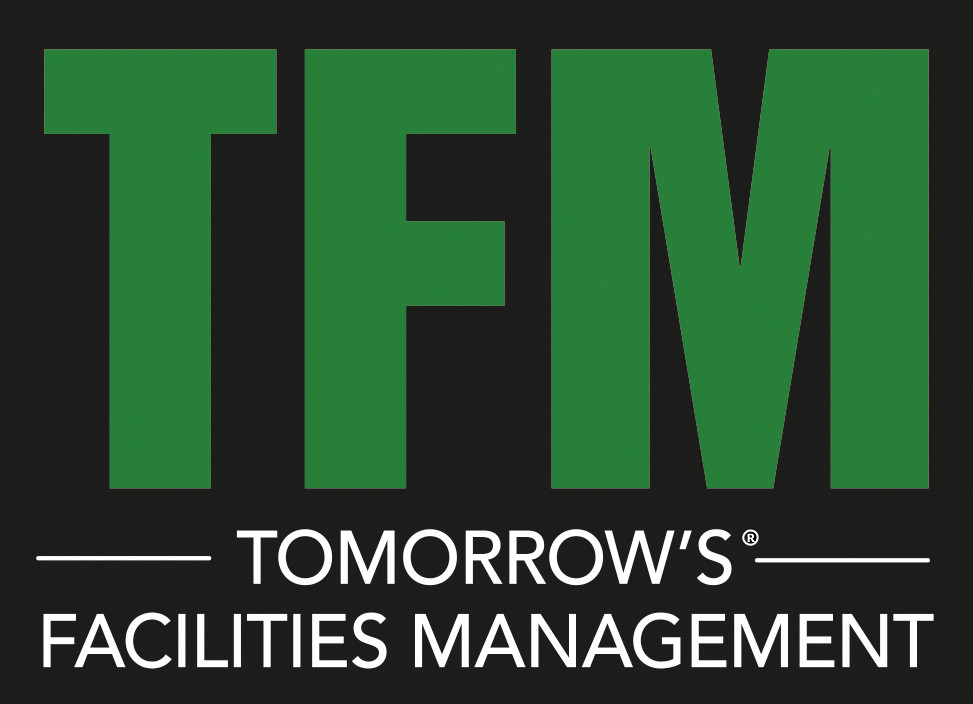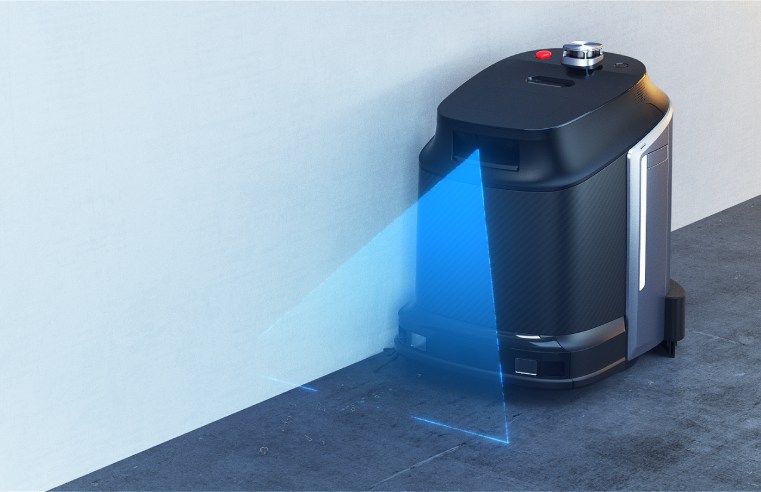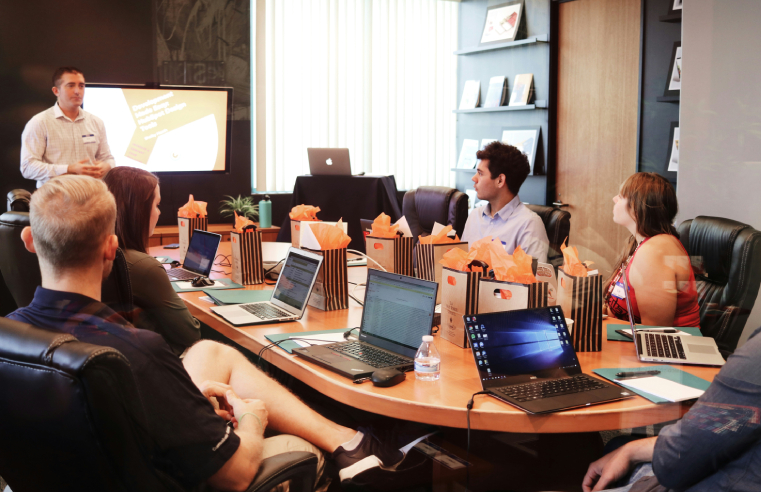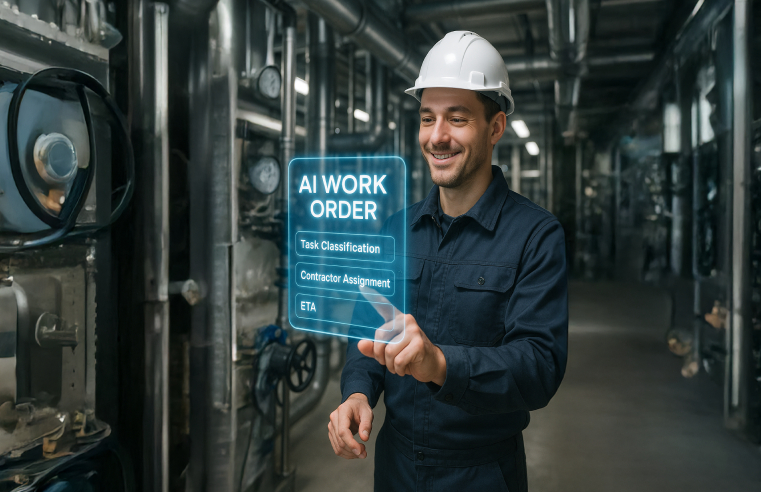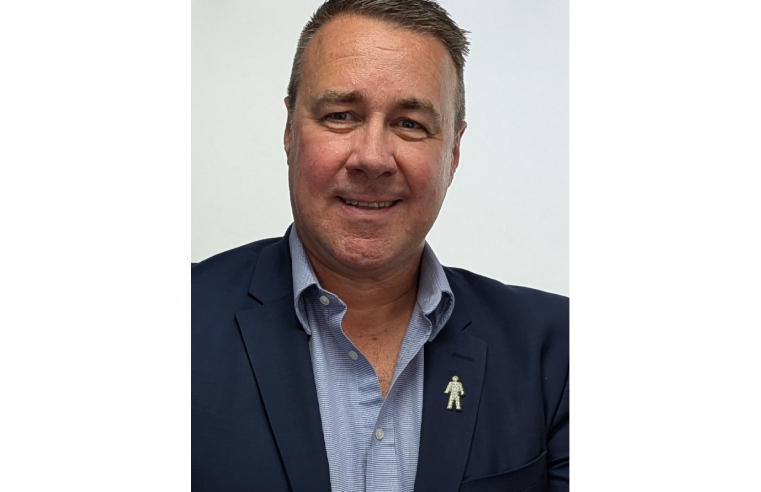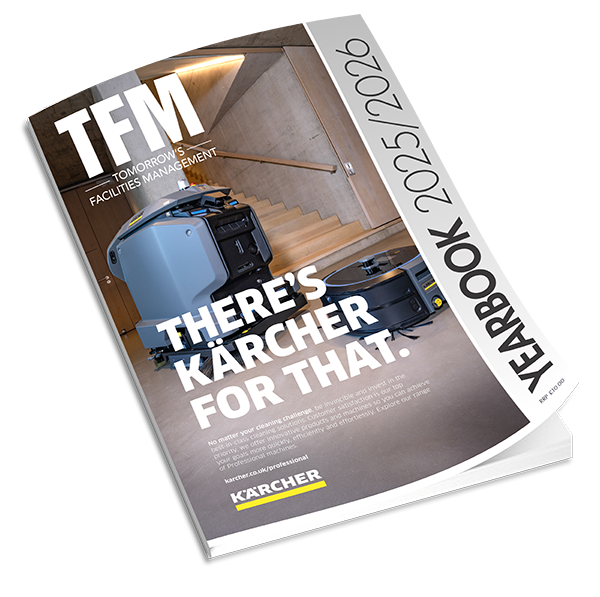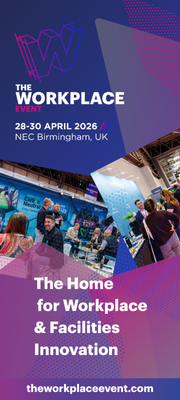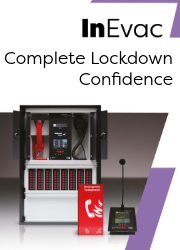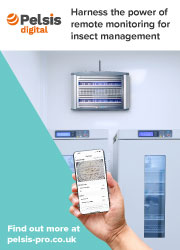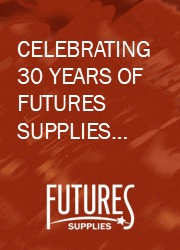The current direction of innovation is heavily influenced by environmental social governance (ESG), social mobility, and customer experience says John Norris, Head of Innovation for Samsic UK, as he discusses the future of the technology in the FM sector.
No matter the industry, any successful business must be prepared to innovate if it is to succeed rather than stagnate. Innovation is often the foundation of positive change, and positive change is invaluable to a business, whether it focuses on products, services, or company culture.
But what does the future of innovation look like in the facilities management sector? To which areas should businesses apply their focus, and how do we ensure that we’re implementing any innovations effectively, efficiently and safely?
The current direction of innovation is heavily influenced by environmental social governance (ESG), social mobility, and customer experience.
Customers are paying close attention to ESG performance, asking how organisations are working - or planning to work - sustainably and responsibly in the coming years. The emergence of enzyme, probiotic and next generation cleaning, which is designed to reduce or remove the presence of chemicals in cleaning operations, is a prime example of innovations centred around positive changes in sustainability.
While this is only an emerging technology at the moment, it can reduce a business’s impact on the environment and protect the health and safety of our staff at work, so we’re watching its development with interest.
Productivity and efficiency are naturally priorities for customers. Whilst this has always been the case, the way in which we aim to make our operations more efficient is changing quickly. When it comes to productivity, there are numerous innovations that are already making an impact in our industry. Cobotics and sensor technology sit high at the top of the list.
Cobotics - or collaborative robots - work closely with our people to help improve efficiency and minimise health and safety risks. The automated floor cleaning of the ICE Phantas cobot, with its dual functionality of a vacuum and scrubber drier, is amongst my favourite recent innovations, primarily because it frees up cleaning staff to concentrate on other more productive activities which require a human touch.
Proximity technology is another way we can help staff to optimise their time. By installing these sensors in areas like restrooms, we can use data to schedule on-demand cleaning. This kind of forward-thinking optimisation can allow a business to focus on more pressing matters, reduce wasted effort (and therefore client spend), or dedicate more time to developing other services and skillsets.
The really exciting part is that we’ve only scratched the surface of what cobotics and sensor technology can do. They’re evolving day-by-day, to incorporate other areas and activities. For example, technology now allows us to provide a digital twin of a customer building, which enables us to simulate activities in a digital environment. Optimised route and activity planning are just two possibilities that this enables. It’s clearer than ever that these technologies will be a key tool for the facilities management sector.
There’s also the vast potential of AI. While it is far from a flawless system at the moment, as it develops it will bring about a variety of possibilities and opportunities for our industry. Currently, we are investigating the ways that artificial intelligence can help our recruitment processes, from advertising new roles to shortlisting and interviewing candidates. Used sensibly, AI can yield significant benefits for organisational efficiency and efficacy.
With such emerging technology there are wider implications to be considered including the availability of resources to implement AI, the associated bias built within AI and its algorithms, the lack of human influence and associated impacts with labour and resource reductions.
We are just starting to think about the wider implications of AI and its safe implementation for our customers, and we expect this to become a large part of our sector in a fairly short period of time. It’s clear that we can benefit massively from AI, but it’s crucial that businesses approach it carefully and avoid taking unnecessary gambles with technology that hasn’t been fully tested, ironed out and vetoed.
It’s important to note that innovation isn’t just about new technologies and products. Customers are also asking what businesses are doing to look after their people and their wellbeing. Innovation in ESG can simply mean adapting existing processes and systems to help your business work more sustainably, or changing the way you invest in your local communities and your people.
One area of focus should be training your employees to give them the best possible opportunity to grow and develop, both within your business and in the wider industry.
At Samsic we’re constantly updating our Learning Management System (LMS), but we’ve made some significant recent improvements and reached some exciting benchmarks. Our reporting suite is fully operational, which allows us to stay completely up-to-date with our teams’ development and training needs. The new starter induction process has been upgraded, and is designed to ensure our newest staff members can hit the ground running.
With the cost of living in the UK rising, we recognise the importance of assisting our community of colleagues wherever we can. Our Wagestream platform, for example, gives our employees the flexibility to access, track, build and better manage their pay, as well as providing financial wellbeing support and guidance.
The technologies, processes and products that will shape the future of innovation are being established, and businesses around the world are making ESG a primary focus in line with their customers’ values. But how do we implement these new innovations in a fair, sustainable manner?
Customers have a defining say in the success of any business’ innovation. They are the ones who say ‘yes’ or ‘no’ to any process that affects the customer experience, and so it’s important that organisations listen carefully to customer feedback. Showing intent and action to improve ESG performance offers more than just business progression; it can win over new customers and strengthen bonds with existing ones, too.
Whilst innovation is important in itself, the way we go about it is also crucial. Like a lot of organisational change, top-down innovation - i.e. innovation that is decided by management and given to staff to adapt to - is rarely effective at gaining employee buy-in. Employees should feel involved in the process, not just subject to it; it’s better if everybody ‘owns’ the change.
Innovation must be collaborative. At Samsic, we practise ‘open innovation’ from an early stage - collaborating with our own teams and external suppliers and start-ups. Working collaboratively really helps to increase engagement and also increases the chances of making change stick.
As we’ve experienced at Samsic, innovation can significantly improve your efficiency, which means that your team can allocate their time to other projects, initiatives and personal development. It’s important to recognise the ways that innovation can help outside of a business sense, too. It can help with wellbeing and work/life balance, which are crucial elements of a successful modern business and a key part of maintaining a happy, healthy and motivated workforce.
It’s a very exciting time for the facilities management industry. As we get to grips with new technologies and practices to make our organisations more efficient and sustainable, increase job satisfaction and boost productivity, Samsic will be at the forefront of that innovation with our collaborative approach.



